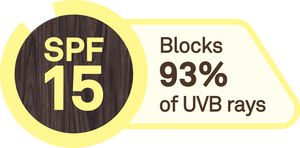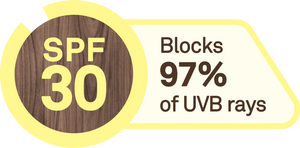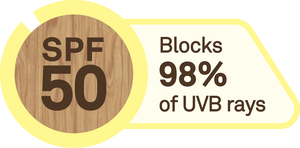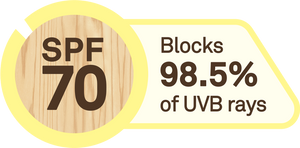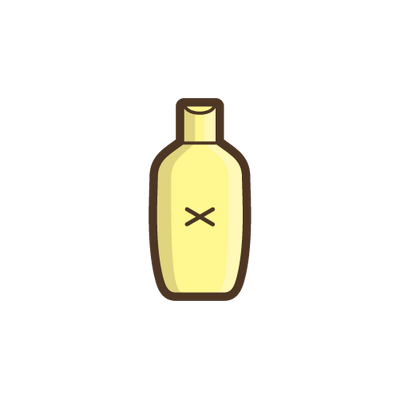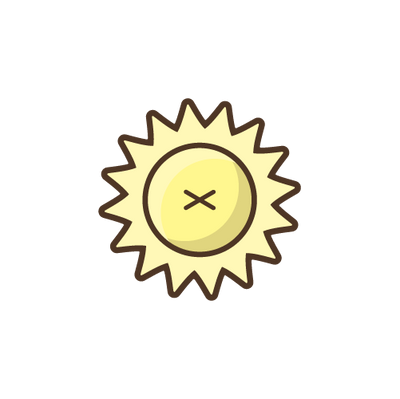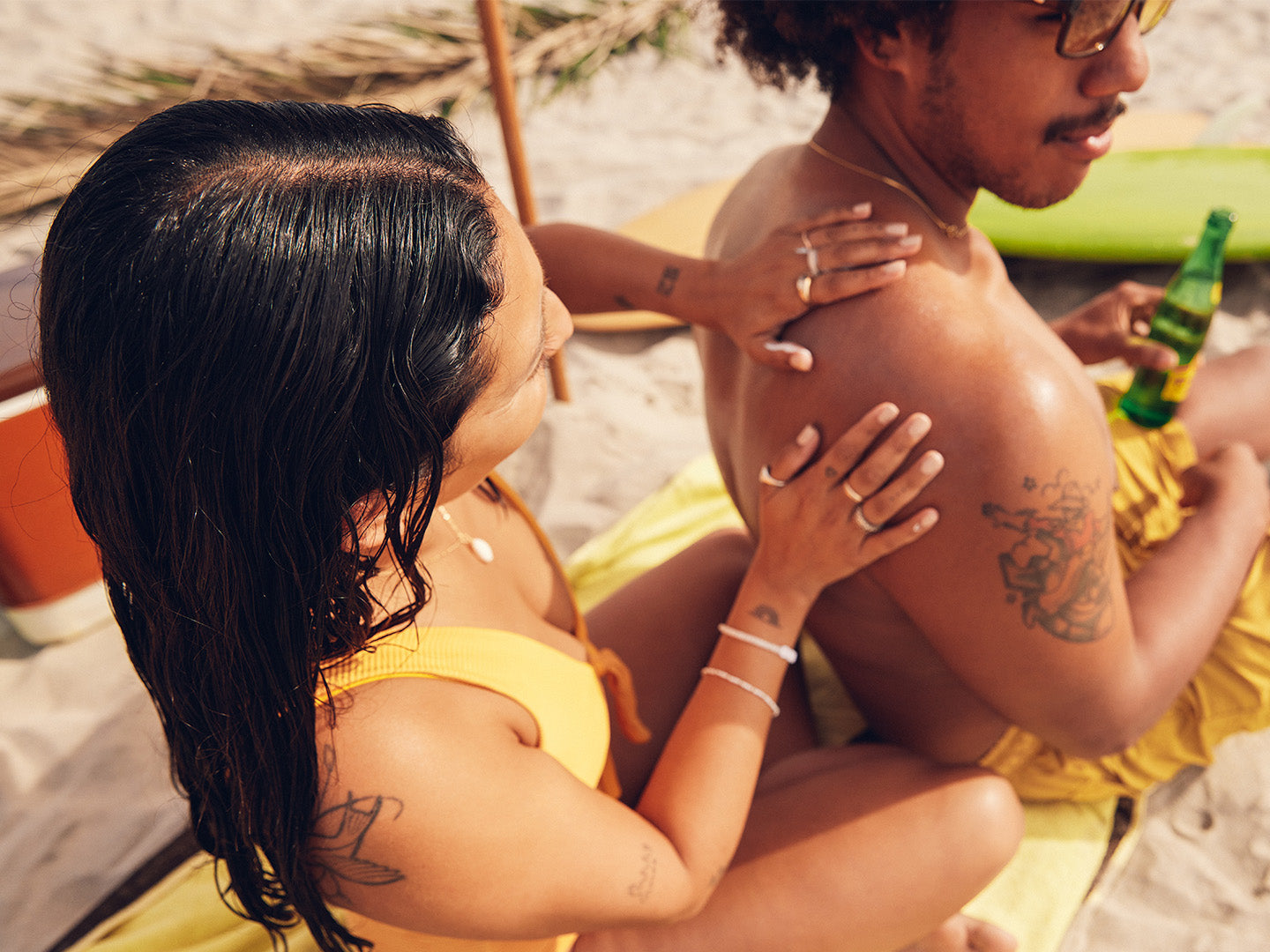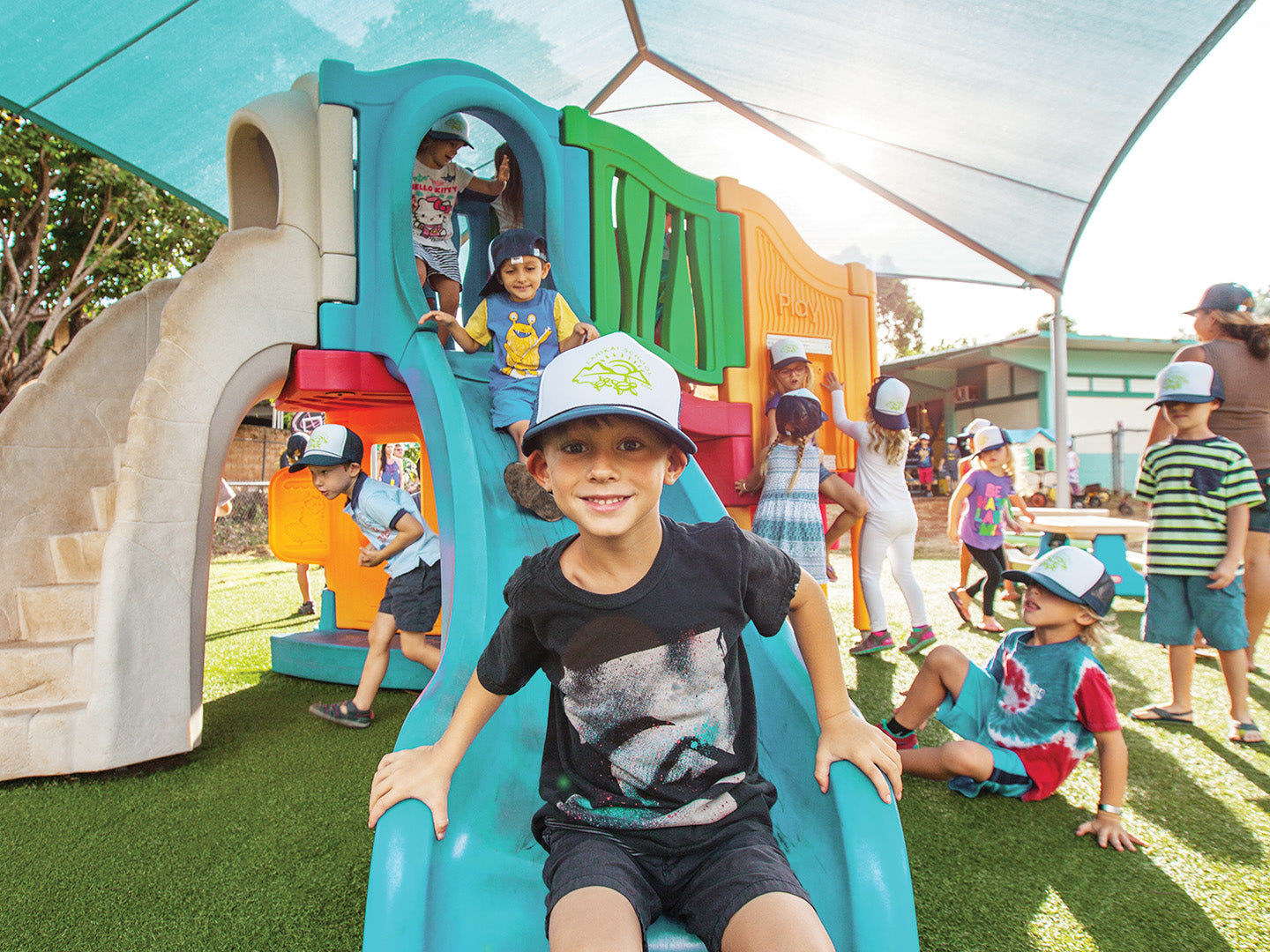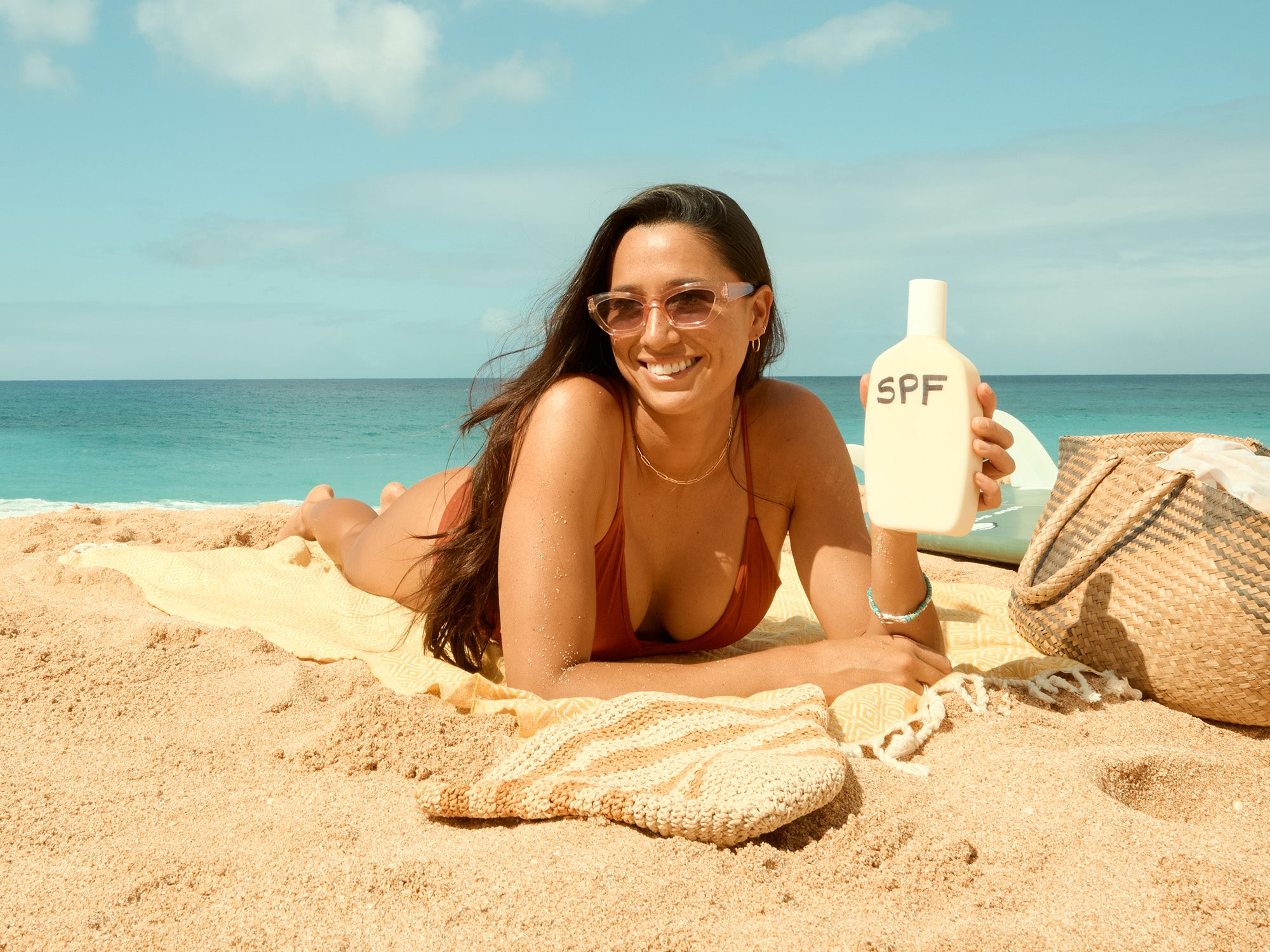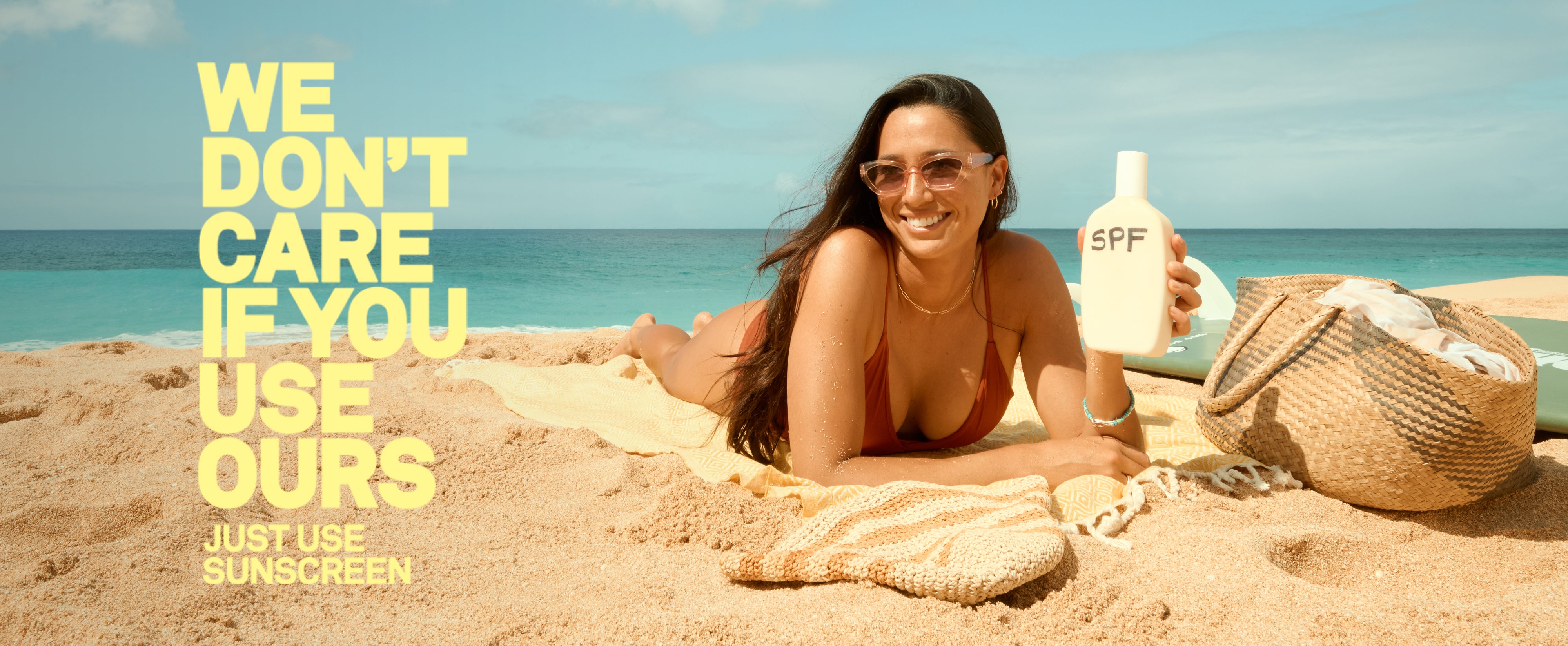
The sun. We live for it.
We just want you to stay protected so you can keep gettin’ every last drop.
Sonny Stories Preview
For the real deal on sun safety, don't take it from us. Our ambassadors are the ones who know. Tune in for all the episodes of a lil' something we like to call Sonny Stories.
Episode 1: Jill and Bryan
EP1: Can you get burned when it’s cloudy? Snow senseis Jill Perkins and Bryan Fox drop some UV knowledge in our Sonny Stories: Ep. 1.
Why Sun Protection Matters
Sunscreen Hot Tips
Yes, how much sunscreen you use DOES make a difference. Don't skimp.
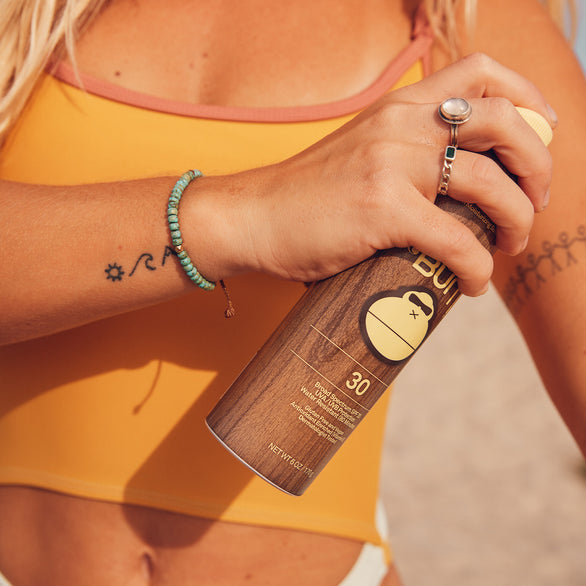
Apply & Reapply
How much is the right amount of sunscreen to use? We try and err on the side of applying generously - which is about 2-3 tablespoons. Don’t be afraid to slather it on.
Reapplying sunscreen throughout the day is also super important. As a rule of thumb, we apply every 2 hours and after sweating, towel-drying, surfing, cannonballing and the like to help SPF do what it does best.
The Ways of the Rays
The sun shines both UVA and UVB rays—which is why we need Broad Spectrum protection.
UVA vs. UVB Rays
From the sun, come both UVA and UVB rays. UVA rays are known for penetrating the deeper layers of our skin, which can lead to premature skin aging and wrinkles. UVB rays on the other hand, are known as the culprits of sunburns and play a significant role in causing skin cancer.
Curious how intense the UV rays are at any point in the day? Just look up the UV index on your phone.
What's an SPF?
